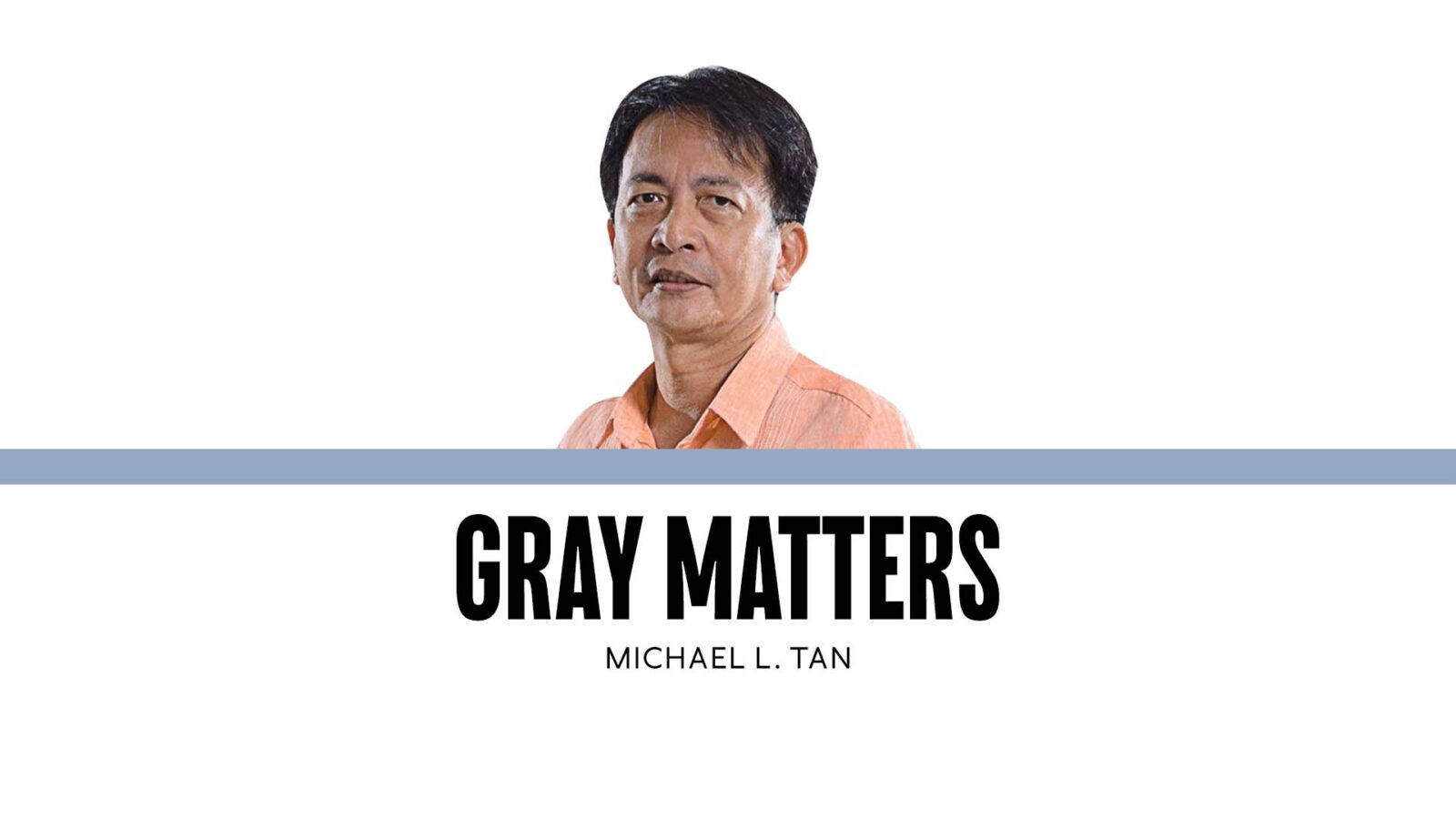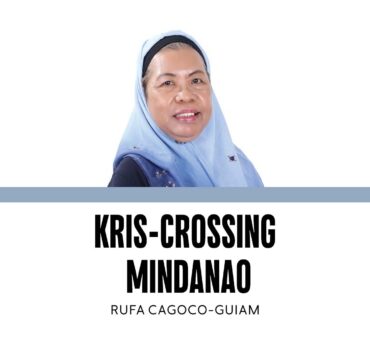Crisis in caregiving

We still tend to think of caregiving mainly as catering to the elderly, even coining the term “old-sitters.” The shortages we face today are for both “babysitters” and “old-sitters,” although I have to say I don’t like those terms because they don’t recognize the very complex needs today for caregiving, involving much more than “sitting” in settings as diverse as homes, hospitals, and assisted living residences.
The caregiving crisis is global and is especially acute in the United States. A US Public Broadcasting Service (PBS) documentary, “Caregiving,” which premiered last June, estimates about 5 million paid caregivers in the US, in private homes and assisted living facilities, with an average annual salary of $23,700 a year, a very low wage by American standards.
But PBS also notes that paid caregivers are only a small percentage of the total, with an estimate of between 53 and 105 million unpaid workers in the US, mostly family and friends. Think of the many Filipino lolos and lolas who fly to the US and Canada to help care for their grandchildren.
These elderly caregivers’ contribution is not just about helping out the family. The contribution of caregivers is staggering—the US, Hong Kong, Singapore, and many other rich countries depend on caregivers to keep their countries running. Social scientists use the term “reproductive labor” to refer to caregiving, emphasizing that caregivers allow societies to reproduce themselves, from childbearing and child-raising to keeping the elderly well, to caring for the chronic ailments of many sick elderly.
The PBS documentary notes that caregivers are usually women and immigrants, both documented and undocumented, with very few entitlements and little social protection. The situation has worsened under the Trump administration with the mass deportation of so-called illegal migrants. I use “so-called” because even those with green cards (permanent residence) are vulnerable to overzealous ICE (US Immigration and Customs Enforcement) agents’ raids and arrests, often for arbitrary reasons, e.g., tattoos which are used as “evidence” of membership in criminal syndicates.
Then, too, we know that every time war or civil unrest breaks out in a country, we worry about Filipinos, many of whom are caregivers, working in those countries. We have already lost several Filipino caregivers in the Israel-Hamas conflict, the most recent being Leah Mosquera, who died last June 15, when Iranian missiles hit the apartment where she was living in Rehovot, Israel.
But Filipinos still go for caregiver jobs because the demand is so great, including underground networks that offer low wages that are still much more than what they would get in the Philippines. Even the paltry average caregiver annual wage of $23,700 I mentioned earlier still converts to P114,550 a month, using an exchange rate of P58 to a dollar.
Before President Marcos embarked on his trip to the US last month, there were news reports about organized Filipino caregivers in the US asking that the President bring up their dismal working conditions, with some abuses even coming from Filipino American owners of caregiver agencies. I could only shake my head, knowing that the Trump administration wouldn’t care less about the caregivers. (Even if some of the rich Americans do hire “illegal” immigrants as caregivers and pay high wages under the table, meaning without social security and other benefits.)
The global caregiver shortage will worsen, and we have to start thinking about forward-looking and mitigating measures. In Hong Kong, where birth rates have been dropping, schoolteachers are being retrained so they can move into caregiving for the elderly.
In the Philippines, we face growing numbers of both children and the elderly, and we need to upgrade basic knowledge and skills for caregiving for those demographics, with more options for additional professional skills, whether they work locally or overseas.
Language skills are an example. I know of a college in Cebu that offers training in physical therapy and Nihongo, with job openings waiting for them in Japan. Foreign language skills will be useful even for those who want to stay in the Philippines and work. When you think about it, we should be offering additional courses, oriented to health care, in the most widely spoken Philippine languages— Cebuano, Hiligaynon, Ilokano, to name a few—for local caregivers.
And as a veterinarian, I feel a good caregiving curriculum can and should include many practical skills that go beyond health, including pet care, which is a value-added skill if the caregiver’s wards will be children or the elderly. Pets make good assistants for caregiving!
All said, the caregiving crisis boils down to a crisis in caring, demanding innovative thinking in training and education.


















How I wish I had more time with him!